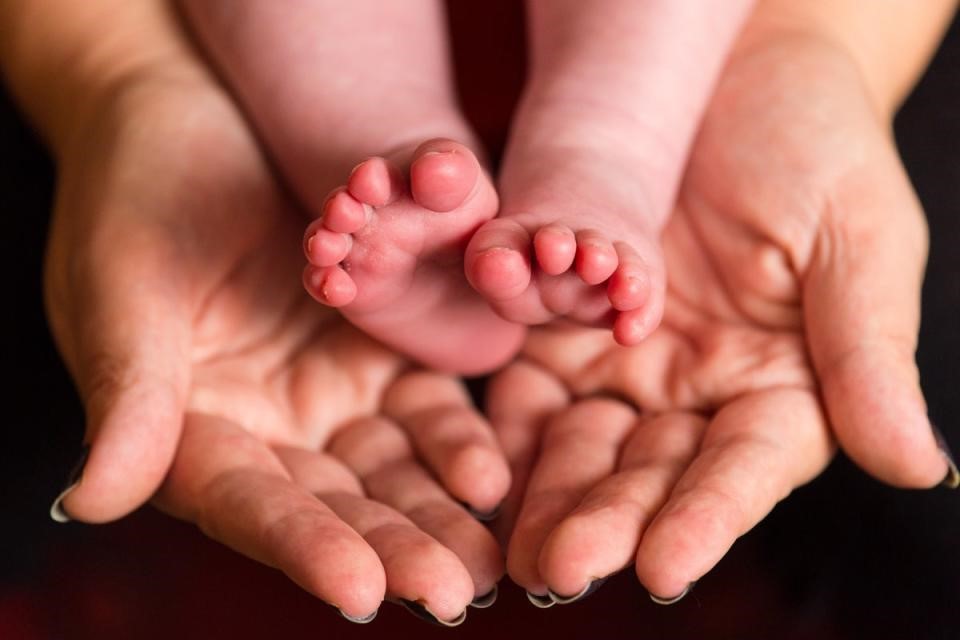In the United Kingdom, a miraculous baby was born with three people’s DNA

The fertility authority in the UK has acknowledged that a baby was born for the first time using three people’s DNA. About 0.1% of their DNA comes from a third donor woman, but the majority comes from their two parents.
In an effort to prevent children from being born with fatal mitochondrial illnesses, a ground-breaking procedure has been developed. There have only been less than five of these births, but no additional information has been made public. The mortality rate for mitochondrial illnesses is quite high and can occur days or even hours after birth. The only way for some families to have a healthy child of their own after losing many children is through this procedure.
The teeny spaces inside almost all of the body’s cells, called mitochondria, transform food into usable energy.
“Defective mitochondria” are unable to provide the body with energy, resulting in heart failure, brain damage, muscle wasting, and blindness.
Only the mother may transmit them. So the mitochondrial transfer procedure is a modified kind of IVF that uses competent donor egg mitochondria. However, because mitochondria have their own unique genetic material, or DNA, the offspring really get DNA from both their parents plus a small amount from the donor. This is an alteration that will last forever and be passed down through the generations.
This donor DNA is not considered a “third parent” because it solely contributes to the production of functional mitochondria and has no bearing on other features like appearance.
In 2015, rules were passed in the UK to permit the production of such children. The procedure was invented in Newcastle.
As of April 20, 2023, according to the Human Fertilisation and Embryology Authority (the HFEA), “less than five” kids had been born. To prevent the families’ identification, it does not provide exact numbers.
Following a Guardian newspaper request for information under the Freedom of Information Act, these scant details have become public.
Technically, there is a chance of “reversion,” in which any defective mitochondria carried over could multiply and still cause disease. Up to 150 of these children could potentially be born annually in the UK, according to an earlier prediction.
